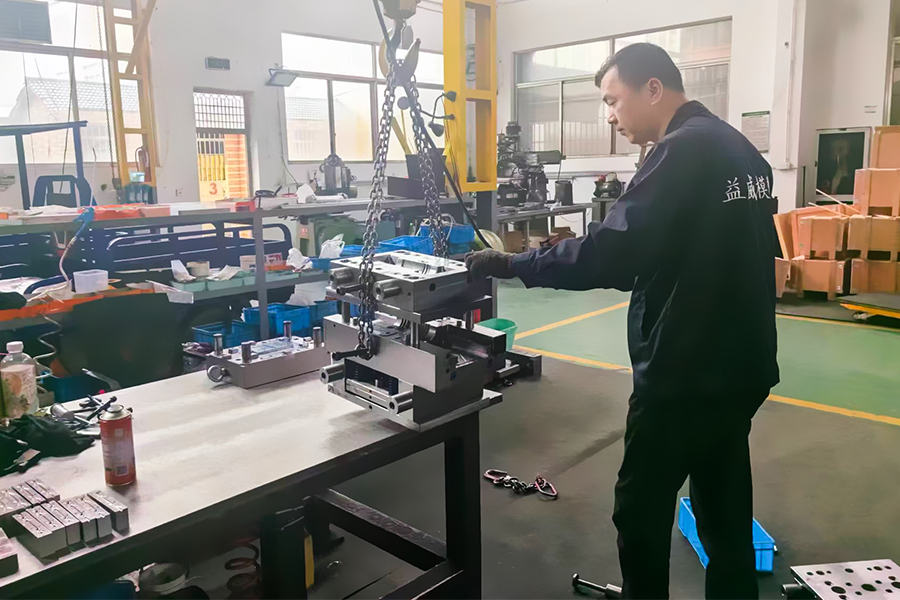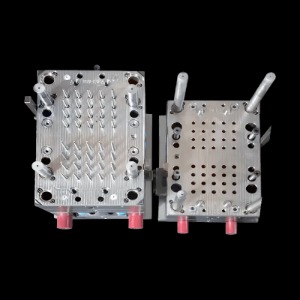We are committed to providing customers with high-quality, precision mold solutions.
Toolbox Molds
Cat:Toolbox And Accessories Mold
Toolbox molds encompass a variety of types designed to produce different styles and sizes of toolbox...
See Details
The production of medical devices and components relies heavily on precision and reliability. One of the key tools used in manufacturing these items is the Medical Injection Mold. This mold is specifically designed to shape plastic parts used in various medical applications, including syringes, tubing connectors, and diagnostic devices. Understanding the components that make up a Medical Injection Mold provides insight into how these essential products are created with accuracy and consistency.

At its core, a Medical Injection Mold consists of several main parts working together to form the final product. The fundamental components include the mold base, cavities, cores, runners, gates, ejector system, cooling channels, and vents. Each of these plays a specific role in shaping and releasing the plastic parts, ensuring the quality and precision required in medical manufacturing.
The mold base is the foundation of the Medical Injection Mold. It holds and supports all other components and provides the necessary structure to endure repeated use under high pressure and temperature. The mold base is typically made from hardened steel or aluminum to ensure durability and maintain tight tolerances during production.
Cavities and cores are the central features of the Medical Injection Mold that directly shape the plastic material. The cavity is the hollow space in the mold where molten plastic is injected and shaped. The core is the solid portion that forms the internal surfaces of the molded part. Together, the cavity and core define the shape and details of the medical device being produced. In multi-cavity molds, several cavities and cores are arranged to produce multiple parts in one cycle, increasing production efficiency.
The runner system is responsible for guiding the molten plastic from the injection molding machine nozzle to the cavities. In the context of the Medical Injection Mold, runners are designed carefully to ensure uniform flow and minimize waste. The gate, located at the end of the runner, controls the entry of plastic into the cavity and affects the quality and surface finish of the part.
Another important component is the ejector system, which removes the finished part from the mold once it has solidified. In a Medical Injection Mold, ejector pins or plates are often used to push the part out gently, preventing damage to delicate features. The ejection system is carefully designed to avoid deformation or scratching, which is critical for medical parts that require high precision.
Cooling channels are integrated into the mold to manage the temperature during the molding cycle. Since medical parts often need to be produced quickly and maintain strict dimensional standards, efficient cooling is essential. The channels circulate coolant, such as water or oil, to remove heat from the mold, ensuring that the plastic solidifies evenly and the cycle time is minimized.
Vents are small channels incorporated into the Medical Injection Mold to allow air and gases to escape during the injection process. Proper venting prevents defects such as air traps or incomplete filling, which could compromise the integrity of the medical part. Vents must be designed to be small enough to avoid plastic leakage while effectively releasing trapped air.
In addition to these fundamental parts, some Medical Injection Mold designs include additional components such as lifters, sliders, and inserts. Lifters and sliders enable the molding of undercuts or complex geometries that cannot be formed by a simple two-plate mold. Inserts allow for modular design, where specific parts of the mold can be replaced or modified without changing the entire mold. This flexibility is especially valuable when producing various medical components that share common features but differ in size or detail.
Contact Us